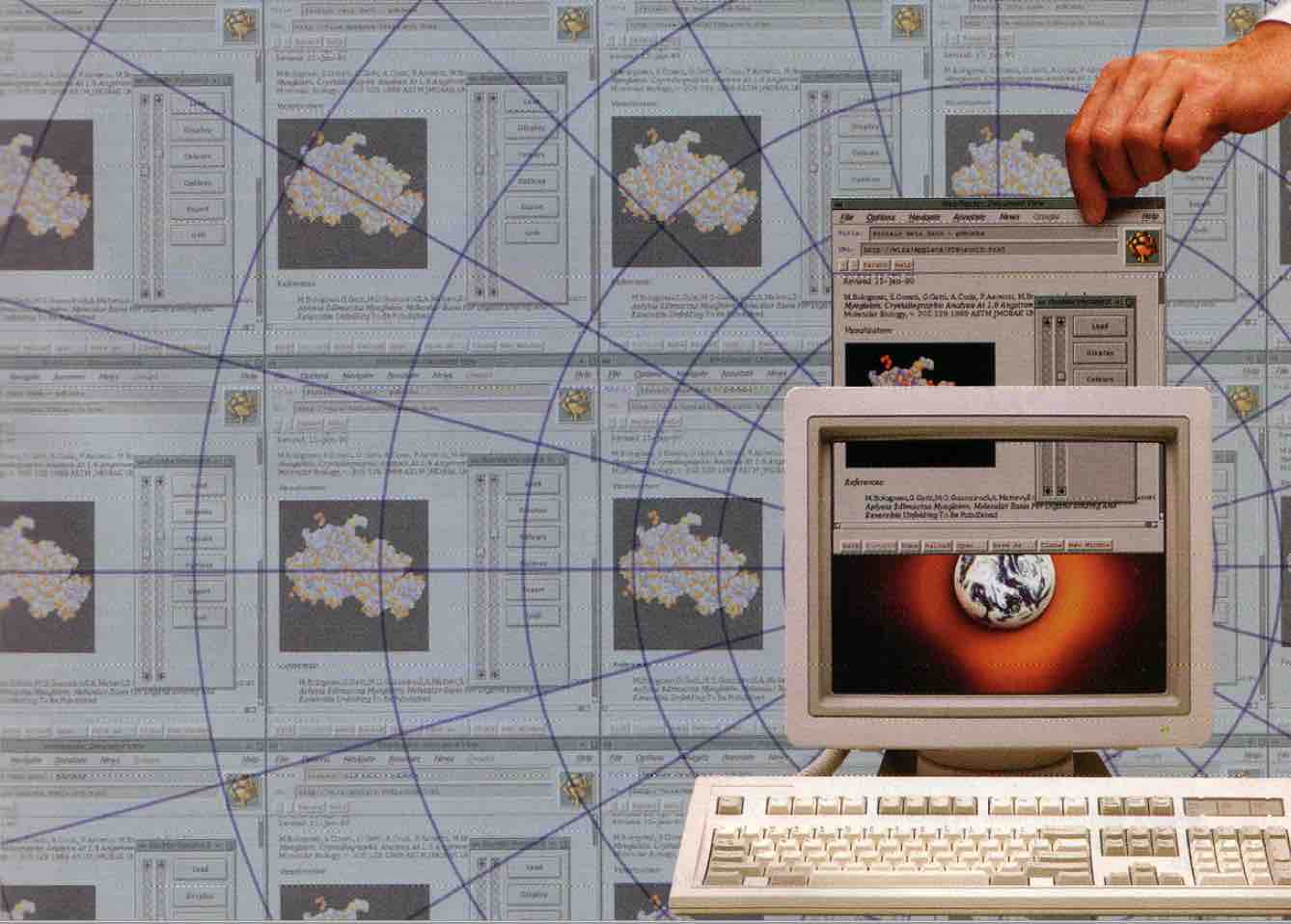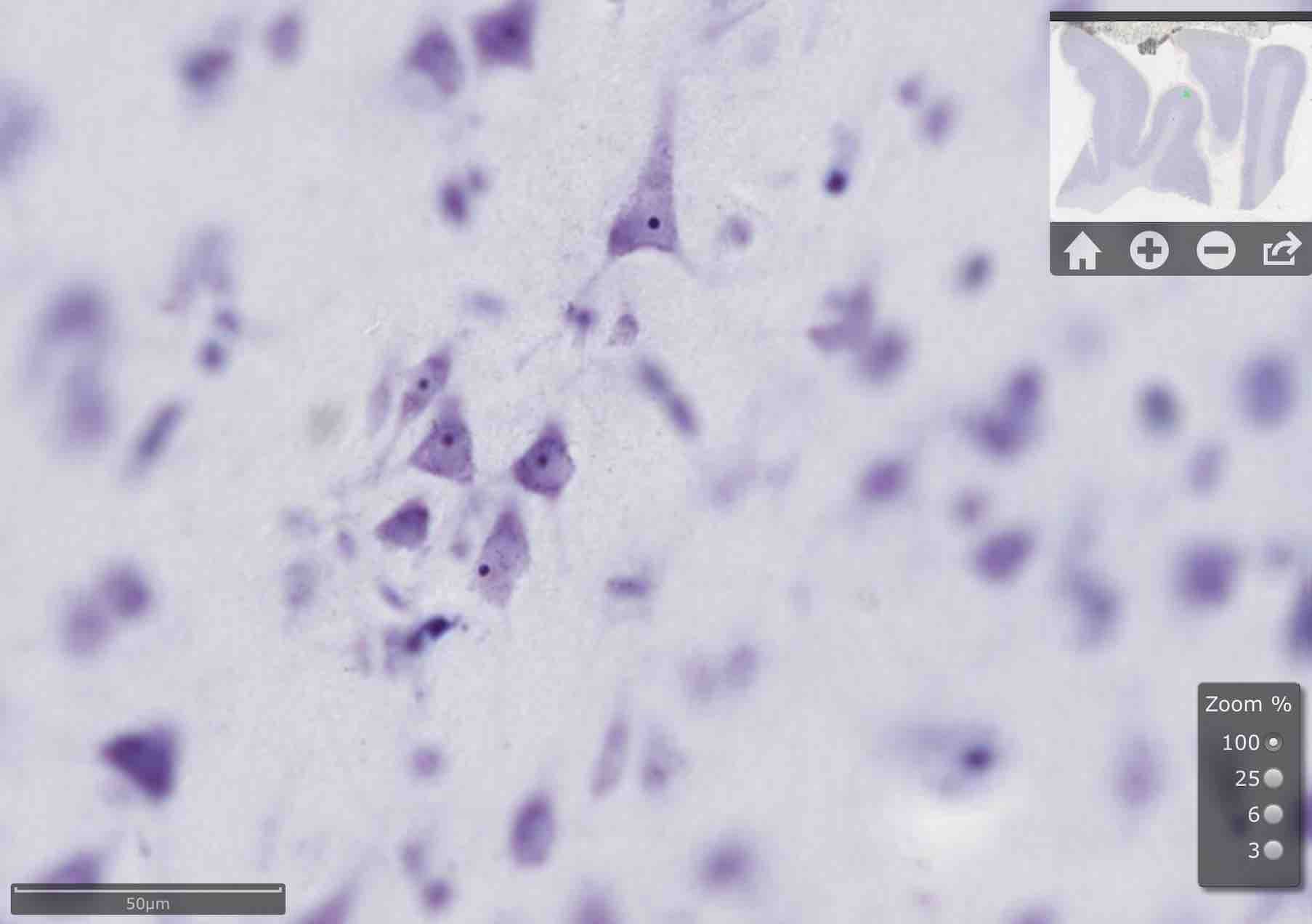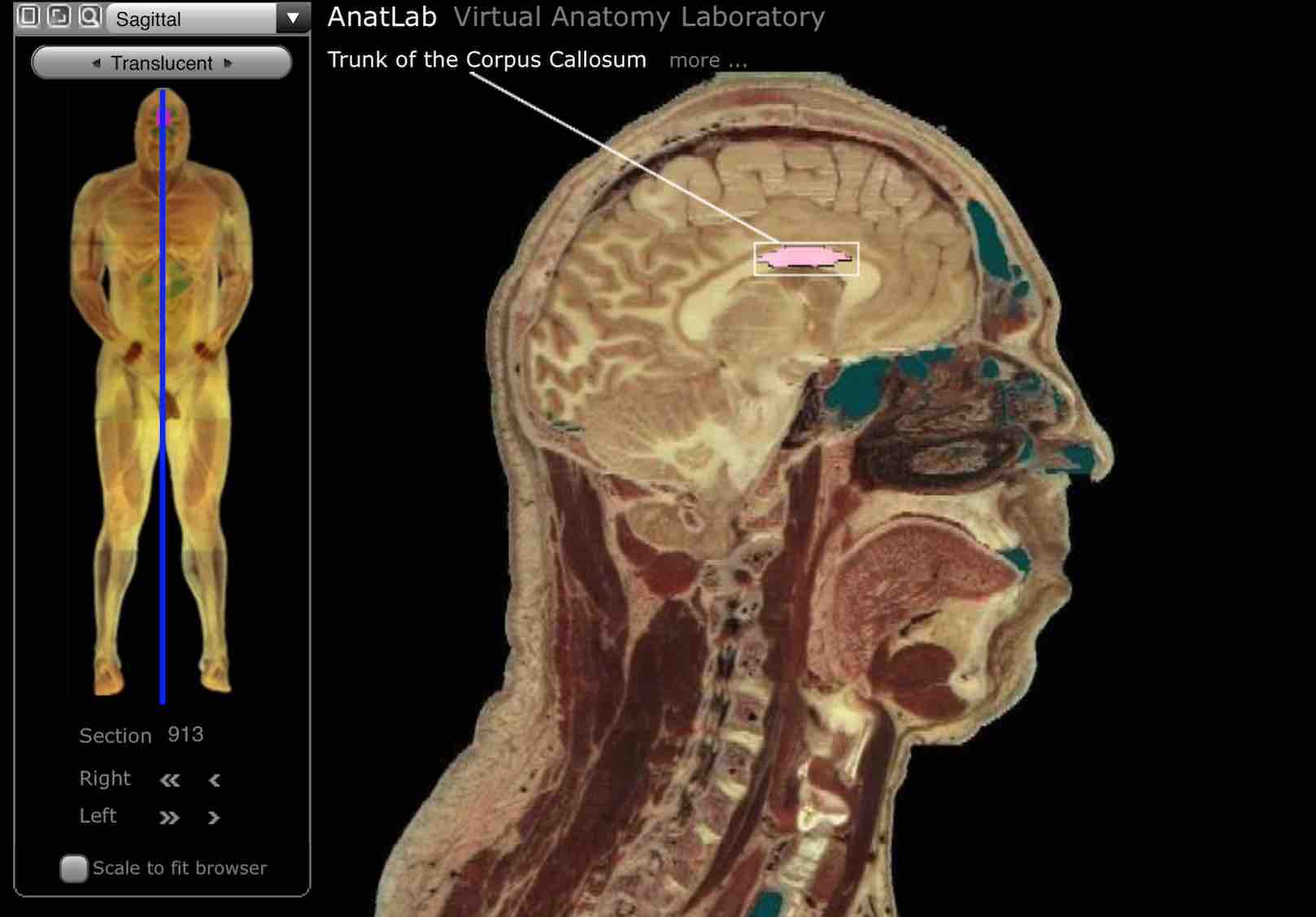Products
WebRouser - The First Cloud Browser
Released in 1995, WebRouser was the most advanced browser of its day, and the first cloud-enabled web browser. Featured on the cover of the February, 1996, issue of Dr. Dobbs Journal, a popular industry magazine of the time, it included many unique features that represented a quantum leap in the ability of Web site designers to build compelling functionality into their Web pages. You can view the 1995 announcement of the product release here.

Einstein Brain Atlas
Available in the iPad App Store
Neuroscientists, researchers, educators, and the general public now have access to Albert Einstein's brain via this iPad app that will allows users to examine the Nobel Prize-winning physicist's neuroanatomy as if they were sitting in front of a microscope. Developed by Eolas for the National Museum of Health + Medicine Chicago, this app provides interactive access to the Harvey Collection, prepared by Dr. Thomas Harvey, the pathologist who performed the autopsy on Albert Einstein. The collection includes microscopic neuroanatomical slides prepared from approximately 170 areas of Einstein's brain and brainstem. Researchers and the public can now explore these ultra-high-resolution microscopic slide images at a variety of magnification levels, extending from low magnification all the way to cellular detail, just like with a physical microscope, all from their own network-connected iPads.

The AnatLab System
Histology app available now in the iOS App Store and the Android Play store
The AnatLab System includes two apps, the AnatLab Histology Atlas, and the AnatLab Visible Human.
With over 250,000 downloads worldwide, the AnatLab Histology Atlas app provides mobile access to a complete collection of ultra-high-resolution histology microscopic slide images. This system allows students, teachers, researchers, and the general public to explore the complete microscopic landscape of the body as if they were looking at a collection of actual slides on a physical microscope, all through the cloud via their iOS and Android mobile devices.
The AnatLab Visible Human app provides a complete interactive atlas of human gross anatomy, based upon the Visible Human Male dataset from the National Library of Medicine. The app allows users to slice through the body axial, frontal, and sagittal planes using their network-connected iPads. Users can tap on any anatomical object and the system will instantly identify the scientific name of the anatomical object, as well as providing a page of related explanatory information. This system has been in use for several years as a tool for training both medical students and nursing students at universities in Illinois and Texas. Soon anyone with an iOS or Android device can explore this powerful anatomy reference tool.
